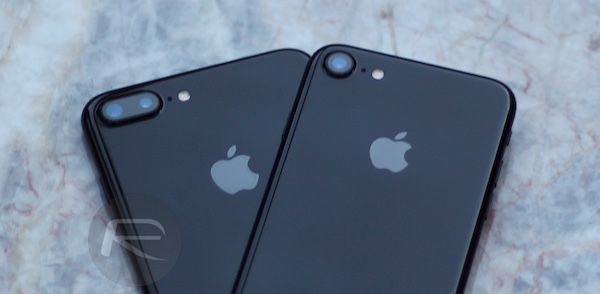If you’ve managed to fully dive into iOS 10 – which, let’s be honest, you should have by now given that we are currently testing iOS 10.2 betas – then you will have likely come across the new Raise to Wake feature.
This feature basically brings the screen to life when movement in the hardware stemming from picking the phone up is detected. Or, at least it’s supposed to bring the display to life without pressing any buttons. As a growing number of iPhone owners are finding out, it doesn’t always work seamlessly as intended.

The idea is extremely simple, and actually really great in theory; use the capabilities of the M9 motion co-processor, and beyond, to allow the device’s display to turn on when it is detected that the device has either been taken out of a pocket or picked up from a flat table surface.
The goal is for the hardware to realize and understand that the owner wants to either use the phone, or see what content is on the screen from a notification perspective without having to start pressing buttons. Great in theory, but in reality it can prove hit-and-miss, or even difficult to get working all of the time. It can actually be a little bit of an experiment for users to try and find out exactly how, or what, process causes the screen to wake up when raised.
Thankfully, a lot of that work has already been done, with it being discovered that the screen is most likely to come on with minimal fuss when the phone is flipped from face down to face up, or when the hardware is lifted up in portrait (vertical) orientation, entirely perpendicular to the ground. These are the two routes that seem to give the biggest chance of success of triggering the feature every single time.

Rather annoyingly, the really great idea behind Raise to Wake seems to break down in certain circumstances for a growing number of device owners. Whether this is down to how the feature is integrated from a software perspective, or whether it’s an issue with how the internal sensors are used, is anyone’s guess.
Still, if you don’t want to turn Raise to Wake off, and want to get the best chance of success from the feature, then make sure to pay reference to the two methods above.
You may also like to check out:
- How To Disable iOS 10 Raise To Wake Feature On Compatible Devices
- iOS 10 ‘Raise To Wake’ Feature Compatible Devices
- iOS 10.1.1 14B150 Download Released For iPhone And iPad
You can follow us on Twitter, add us to your circle on Google+ or like our Facebook page to keep yourself updated on all the latest from Microsoft, Google, Apple and the Web.

